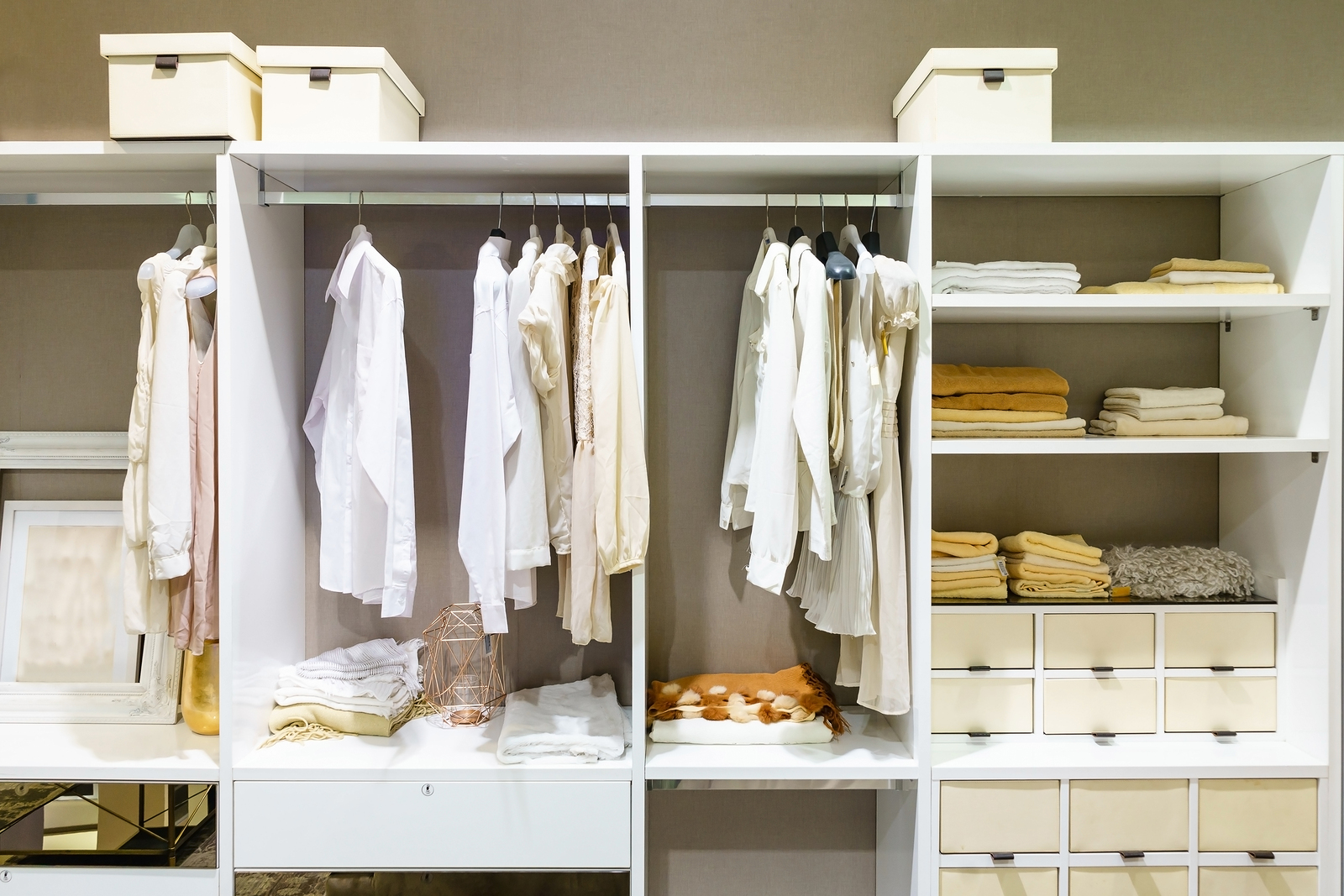
Would it surprise you to learn that 1.2 million American children have elevated levels of lead in their blood?
Lead poisoning sounds like something from out of the past, like polio or leprosy. But, apparently, it’s still very much in the present, and very, very dangerous.
If your home was built before 1978 the paint on your walls may contain lead. If you purchased the home after 1996, you were made aware of the potential harm from lead-based paint when the seller gave you a Lead Based Paint disclosure, required by law.
So, what’s the big deal about lead?
Lead poisoning for starters. There isn’t a lot of talk about it in the media, but an estimated 412,000 Americans die every year because of lead contamination, according to a study published in Lancet Public Health.
Old paint naturally deteriorates and, as it does, it creates dust. Infants and children can become lead poisoned if they eat contaminated paint chips or put their fingers, contaminated with lead paint dust, into their mouths.
Then, there is the lead in soil which, especially in urban areas, can be quite toxic.
“Lead affects virtually every system in the body”
according to the Centers for Disease Control and Prevention (CDC).
Despite efforts to mitigate the presence of lead in homes, however, the CDC claims that “large numbers of children in the United States continue to have blood lead levels in the toxic range.”
Because babies and toddlers are experience rapid growth, their bodies tend to absorb lead easier than we adults do, and their nervous systems react strongly to it. Lead exposure may result in:
- Anemia
- Behavioral problems
- Coma
- Death (in severe cases)
- Hearing problems
- Learning problems
- Lower IQ
- Seizures
- Slow growth
Adults, however, aren’t immune from the effects of lead exposure. “People with prolonged exposure to lead may also be at risk for high blood pressure, heart disease, kidney disease, and reduced fertility,” according to the Centers for Disease Control and Prevention.
It’s especially dangerous to pregnant women and developing fetuses. Much like how a pregnant woman’s body releases calcium to help form the developing baby’s bones, so too will it release lead if she’s absorbed it in the past. It then crosses the placental barrier, possibly harming the fetus.
How does lead get into the home?
Not only is it present in the aforementioned paint, but we track the nasty dust into our homes via our shoes. The EPA conducted a doormat study that found a 60 percent reduction in levels of lead dust in homes when shoes are removed before entering the home, or a dust mat is provided at the door.
Even the drinking water in our homes and your children’s toys (especially those made in China) may harbor lead.
How to find out if there’s lead in your home
Whether you are considering a home for sale or just need to know if there is lead present in your current home, an accredited laboratory can help you find out.
You can locate one of these laboratories by calling the state Department of Health and supplying the lab with a paint or soil sample. The most important areas to have tested include those the children frequent, such as a playroom, bedroom and areas of the yard in which they play.
Learn more about how to protect your family from lead exposure in the home at the U.S. Environmental Protection Agency website.


















